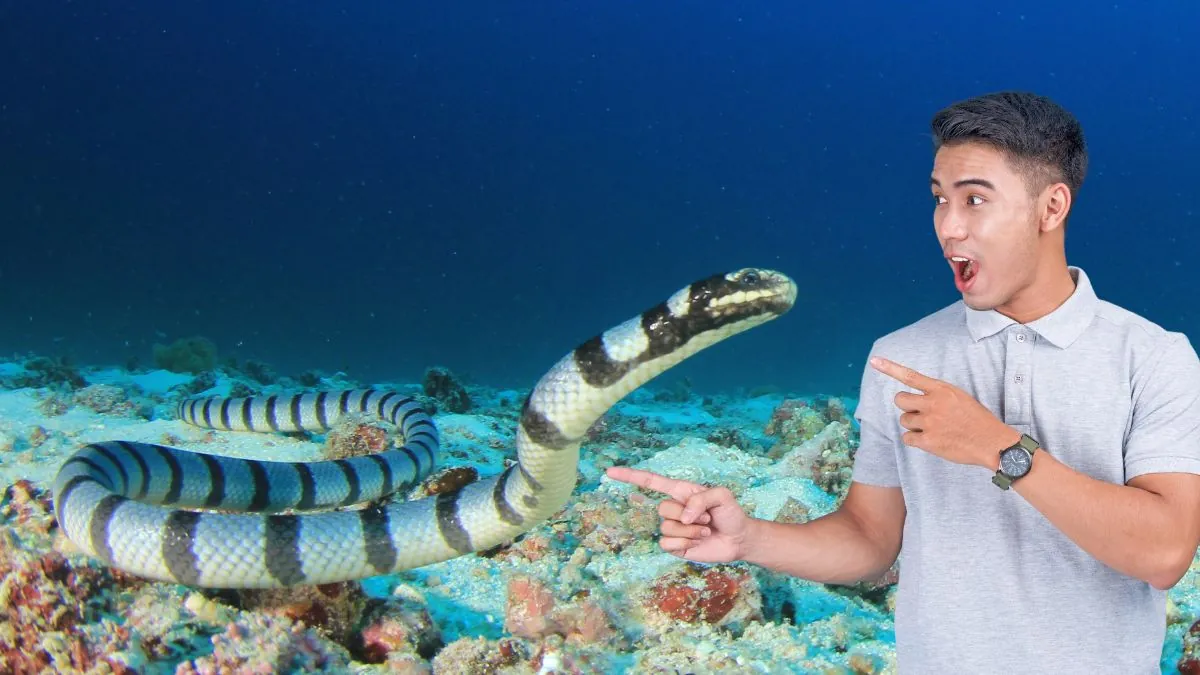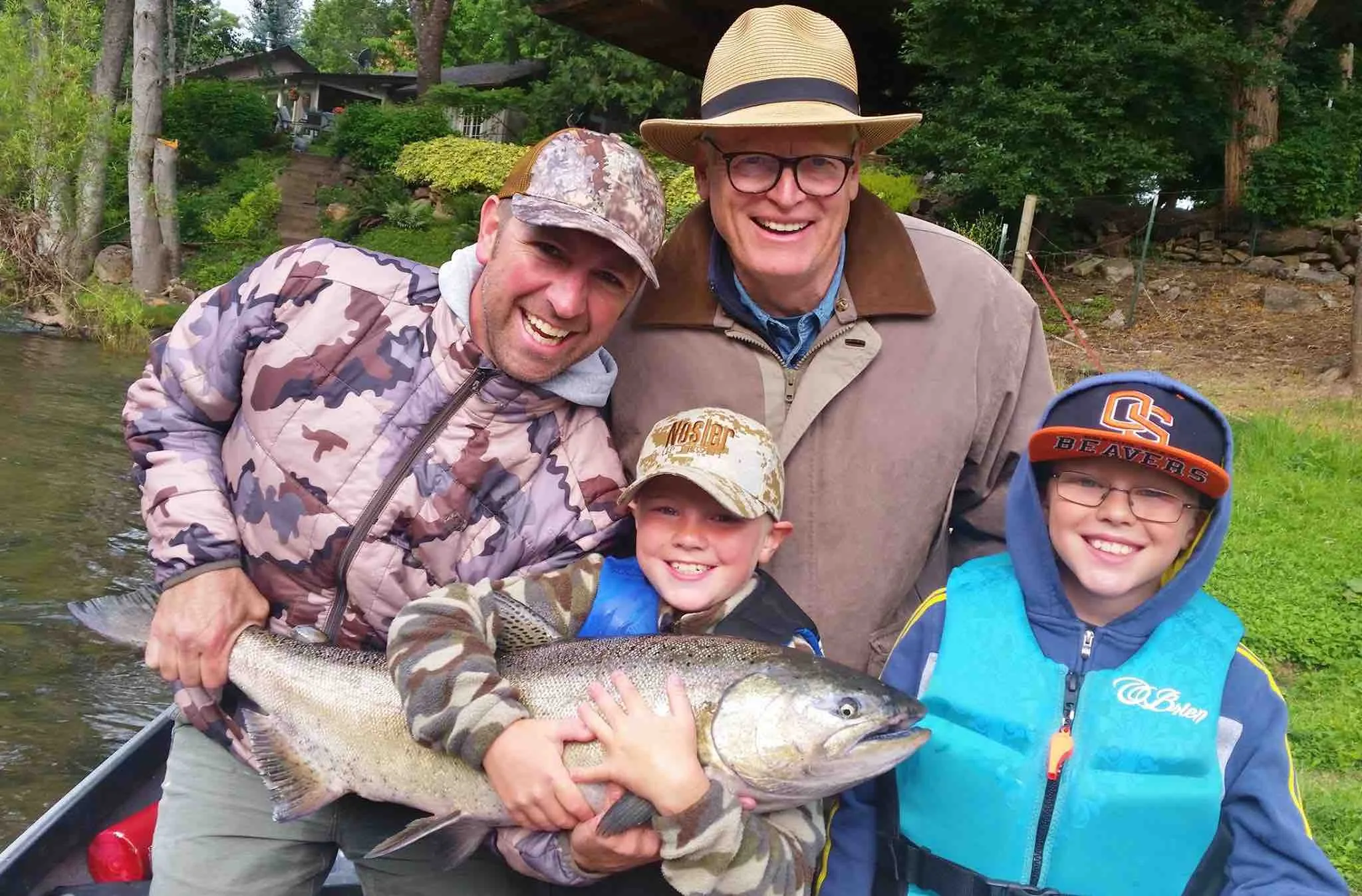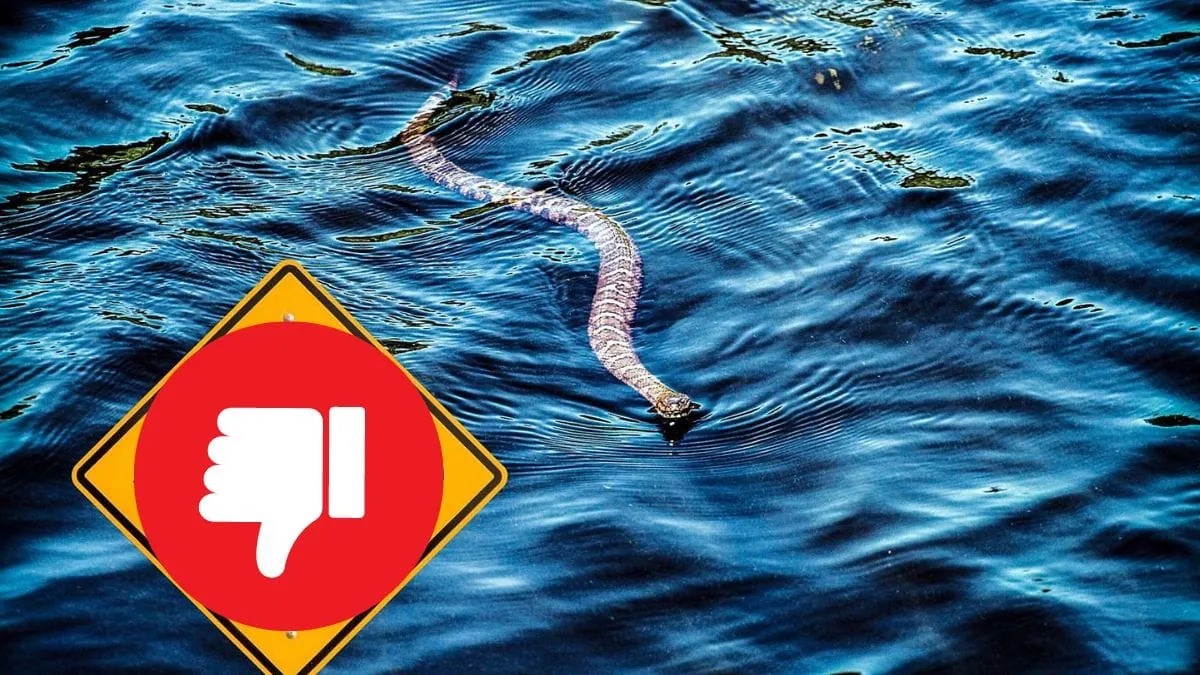Georgia, known for its stunning landscapes and diverse ecosystems, is home to numerous lakes that offer recreational activities like fishing, boating, and swimming. However, these beautiful water bodies also harbor a less pleasant feature—snakes. Due to Georgia’s warm climate and rich biodiversity, its lakes have become habitats for a variety of snake species, some of which are venomous. In this article, we’ll explore the top five most snake-infested lakes in Georgia in 2024. Whether you’re a local resident or a visitor, this guide will provide essential information to help you stay safe while enjoying these natural treasures.
Common Non-Venomous Snakes
Georgia is home to several non-venomous snakes, including the eastern rat snake, corn snake, and king snake. These snakes play a crucial role in controlling rodent populations and are generally harmless to humans. While non-venomous, their presence in popular recreational areas can still cause concern, especially for those unfamiliar with identifying snake species.
Venomous Snakes in Georgia
The state also hosts six venomous snake species: the eastern diamondback rattlesnake, timber rattlesnake, pygmy rattlesnake, copperhead, cottonmouth (water moccasin), and coral snake. Of these, the copperhead and cottonmouth are the most commonly encountered near lakes. Their venom can be dangerous, making it essential for visitors to be aware of their surroundings.
Snake Behavior Around Lakes
Snakes are typically attracted to areas with abundant food sources, such as rodents, fish, and frogs, making lakes an ideal habitat. Warm weather, dense vegetation, and proximity to water create perfect conditions for snakes to thrive. While snakes generally avoid human contact, they can become aggressive if threatened or startled.
Criteria for Ranking Snake-Infested Lakes
Frequency of Sightings
Lakes with a high frequency of snake sightings are ranked higher on this list. Reports from local residents, park rangers, and wildlife experts contribute to determining these rankings.
Diversity of Snake Species
The variety of snake species present in a lake is another factor. Lakes with both non-venomous and venomous species are considered more infested and potentially more dangerous.
Reports of Snake Encounters
Lakes with frequent reports of snake encounters, especially involving venomous species, are more concerning. These reports include instances of snakes near campsites, on trails, or in the water.
Environmental Factors Contributing to High Snake Populations
Certain environmental factors, such as dense vegetation, warm water temperatures, and ample prey, contribute to higher snake populations in some lakes.
Top 5 Most Snake-Infested Lakes in Georgia
1. Lake Lanier
Location and Size
Lake Lanier, located in northern Georgia, is one of the state’s largest and most popular lakes. It spans over 38,000 acres and is surrounded by dense forests and recreational areas.
Types of Snakes Found
Lake Lanier is home to a variety of snake species, including the common water snake, copperhead, and cottonmouth. The lake’s extensive shoreline and islands provide ideal habitats for these reptiles.
Incidents and Sightings
In 2024, there have been numerous reports of snake sightings around Lake Lanier, particularly in areas with heavy foot traffic. The number of snake encounters has increased due to the warm weather and rising water levels, which have pushed snakes closer to human activity.
Safety Tips for Visitors
- Stay on designated trails and avoid walking through tall grass or dense underbrush.
- Be cautious when swimming or wading in shallow water near the shoreline.
- If you see a snake, maintain a safe distance and do not attempt to handle it.
2. Lake Allatoona
Location and Size
Lake Allatoona is located in northwest Georgia, covering over 12,000 acres. It is a popular spot for fishing, boating, and camping.
Types of Snakes Found
Lake Allatoona is known for its population of water moccasins (cottonmouths), which are often found near the water’s edge. Other species include the non-venomous brown water snake and banded water snake.
Incidents and Sightings
Reports of cottonmouth sightings have been particularly high in 2024, with several instances of snakes being spotted near boat ramps and picnic areas. These snakes are often mistaken for non-venomous species, leading to dangerous encounters.
Safety Tips for Visitors
- Wear boots and long pants when hiking or exploring near the water.
- Keep your campsite clean and free of food scraps, which can attract rodents and, subsequently, snakes.
- Educate yourself on how to identify venomous snakes common to the area.
3. Lake Oconee
Location and Size
Located in central Georgia, Lake Oconee spans over 19,000 acres and is a popular destination for fishing, golfing, and luxury resorts.
Types of Snakes Found
Lake Oconee is home to a diverse range of snake species, including the copperhead, eastern rat snake, and the occasional eastern diamondback rattlesnake.
Incidents and Sightings
In 2024, Lake Oconee has seen an increase in snake sightings, particularly around residential areas and golf courses. The combination of natural habitats and manicured landscapes has created a unique environment where snakes and humans frequently cross paths.
Safety Tips for Visitors
- Avoid walking in areas with tall grass or heavy vegetation, especially during the warmer months.
- Use caution when retrieving golf balls from wooded areas or water hazards.
- If bitten by a snake, seek medical attention immediately, as some species in the area are venomous.
4. Lake Blackshear
Location and Size
Lake Blackshear is located in southwest Georgia and covers approximately 8,500 acres. It is known for its scenic beauty and abundant wildlife.
Types of Snakes Found
Lake Blackshear is inhabited by several snake species, including the cottonmouth, copperhead, and various water snakes. The lake’s warm, murky waters and surrounding wetlands make it an ideal environment for these reptiles.
Incidents and Sightings
2024 has seen a notable increase in snake sightings at Lake Blackshear, especially in the early mornings and late afternoons. Campers and anglers have reported frequent encounters with snakes along the shoreline and near docks.
Safety Tips for Visitors
- Be aware of your surroundings when fishing or camping near the water.
- Shake out boots and clothing before putting them on, as snakes may seek shelter in them.
- Avoid walking barefoot or in sandals near the water’s edge.
5. Lake Seminole
Location and Size
Lake Seminole is situated in the southwest corner of Georgia, bordering Florida and Alabama. The lake covers 37,500 acres and is a major destination for fishing and water sports.
Types of Snakes Found
Lake Seminole is known for its significant population of water moccasins and other water snakes. The lake’s extensive swampy areas and marshlands provide perfect habitats for these species.
Incidents and Sightings
Snake encounters at Lake Seminole have been reported throughout 2024, with many visitors encountering snakes while fishing or exploring the lake’s numerous coves and inlets. The presence of snakes is especially high during the warmer months when they are most active.
Safety Tips for Visitors
- Exercise caution when navigating through swampy or marshy areas, as these are prime snake habitats.
- Always carry a flashlight at night, and be vigilant when moving around campsites or docks.
- Keep a snakebite kit in your first aid supplies if you’re planning to spend time in remote areas of the lake.
General Safety Tips for Avoiding Snake Encounters
What to Do If You See a Snake
- Stay Calm: Most snakes are not aggressive and will move away if given the opportunity.
- Keep Your Distance: Do not attempt to catch or kill the snake, as this increases the risk of a bite.
- Identify the Snake: If possible, identify whether the snake is venomous or non-venomous from a safe distance.
Preventive Measures When Visiting Lakes
- Wear Protective Clothing: Boots, long pants, and thick socks can provide some protection against snake bites.
- Avoid Tall Grass and Weeds: Stick to clear paths and avoid areas where snakes might be hiding.
- Stay on Designated Trails: Do not wander off marked trails, especially in snake-prone areas.
First Aid for Snake Bites
- Remain Calm: Try to keep the affected limb immobile and below the level of the heart.
- Seek Immediate Medical Attention: Call 911 or get to the nearest hospital as quickly as possible.
- Do Not Attempt to Suck Out Venom: This is a myth and can cause more harm than good.
Conclusion
Exploring Georgia’s lakes can be a rewarding experience, offering beautiful scenery and abundant wildlife. However, it’s essential to be aware of the potential dangers, including the presence of snakes. By understanding the habitats and behaviors of these reptiles, you can enjoy your time at these lakes while minimizing the risk of an unwanted encounter. Always exercise caution, stay informed, and be prepared to deal with any snake-related incidents that may arise.
Whether you’re fishing at Lake Lanier or camping at Lake Seminole, knowing what to expect and how to stay safe can make all the difference. Enjoy Georgia’s natural beauty, but always keep an eye out for its slithering inhabitants.
This Article Includes







